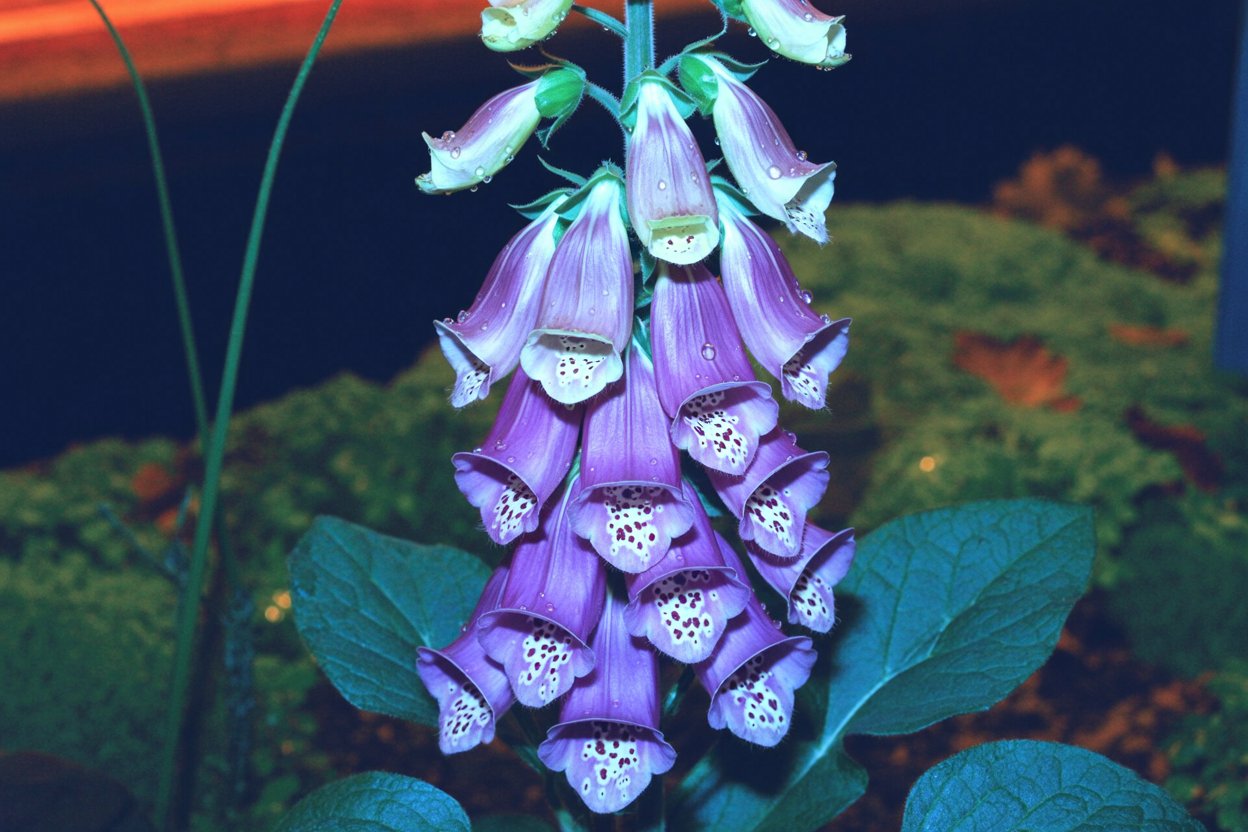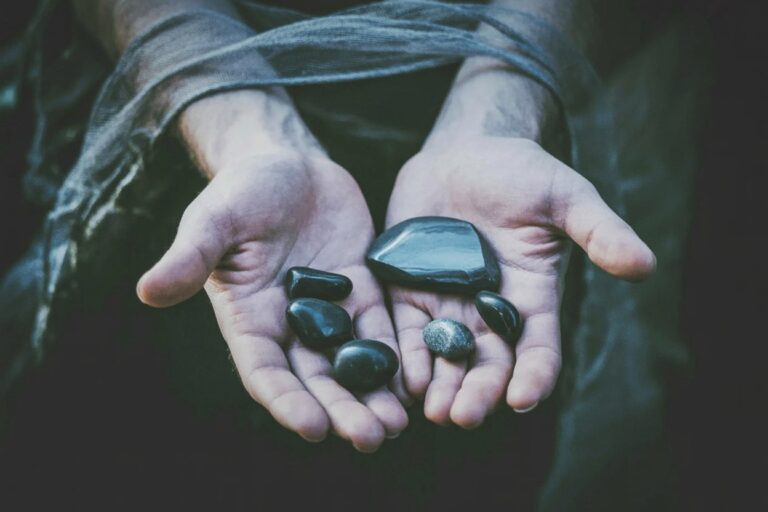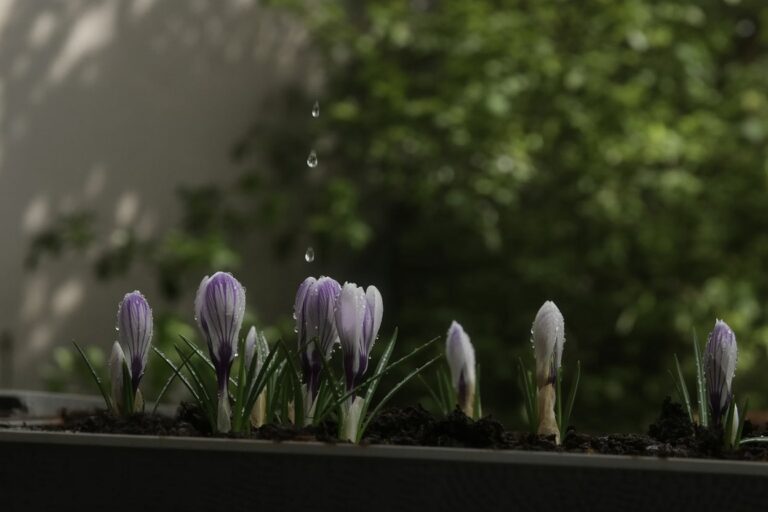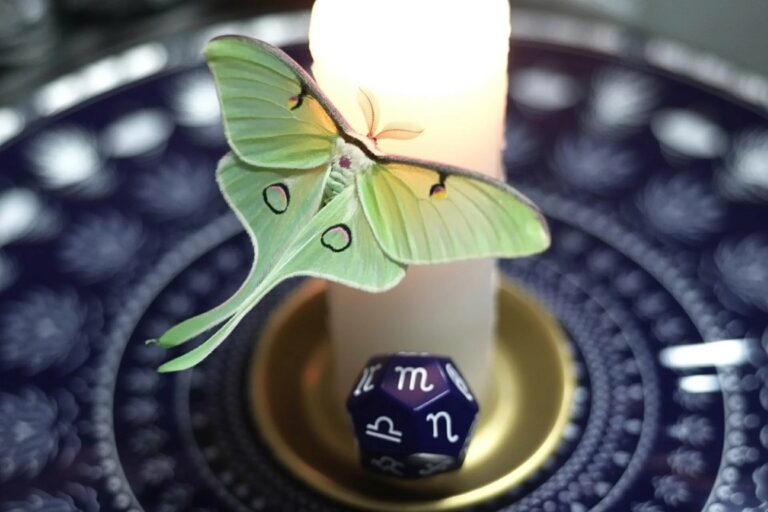5 Deadly Ways That Witchcraft Can Kill You (And How to Stay Safe)
Please note that posts on this site may contain affiliate links
Witchcraft can kill you. But probably not the way you think.
The real dangers have nothing to do with curses backfiring or angering spirits. They’re material, physical, and completely mundane. Poisonous herbs that stop your heart. Candles that set your house on fire. Sharp ritual knives stored where you’ll cut yourself reaching for something else. Getting lost in the woods during a full moon ritual without telling anyone where you went.
These dangers exist because witchcraft is real practice happening in physical reality. And that reality includes plant toxicology, fire chemistry, blade edges, and wilderness hazards.
Knowledge protects you. Here are five material dangers every witch should understand.
- Baneful Herbs: When the Poison Path Gets Literal
- Fire Safety: Your Candles Can Burn Your House Down
- Incense Smoke: What You're Actually Breathing
- Sharp Tools: Athames and Bolines Are Actually Dangerous
- Wilderness Safety: Nature Is Sacred and Dangerous Simultaneously
- Contemporary Witch Persecution: The Danger of Being Visible
- Knowledge Protects
Baneful Herbs: When the Poison Path Gets Literal
If you work with herbs (and especially if you’re a kitchen witch or green witch), you need to know which plants can kill you.
Baneful herbs have been part of witchcraft for centuries. The term “baneful” simply means harmful or poisonous. These plants show up in historical grimoires, traditional folk magic, and contemporary poison path work. Witches used them for flying ointments, trance induction, offerings to underworld deities like Hecate, and yes, sometimes for harm.
The line between medicine and poison is dose. Foxglove contains digitalis, which doctors still use for heart conditions. But eat the wrong amount and your heart stops. Belladonna was called “beautiful lady” because Renaissance women used it to dilate their pupils (a beauty standard at the time). It’s also one of the most toxic plants in the world.
Here’s what you need to know about common baneful herbs:
| Plant | Magical Uses | Poison Warning | The Mechanism |
|---|---|---|---|
| Belladonna (Deadly Nightshade) | Astral projection, offerings to Hecate, trance work | All parts are poisonous. Contains atropine alkaloids | Attacks your nervous system, causes hallucinations, respiratory failure, death |
| Foxglove | Faerie communication, heart magic | Entire plant is lethal. Contains cardiac glycosides | Disrupts heart rhythm. Used in heart medication but fatal in wrong doses |
| Lily of the Valley | Protection, faerie work, garden blessing | Contains convallatoxin similar to foxglove poison | Affects heart function, causes nausea, confusion, irregular heartbeat |
| Comfrey | Healing, protection for travelers, sacred to Hecate | Roots should only be used externally | Contains pyrrolizidine alkaloids that damage liver with internal use |
| Henbane | Divination, necromancy, underworld work | All parts toxic, especially seeds | Tropane alkaloids cause delirium, convulsions, coma |
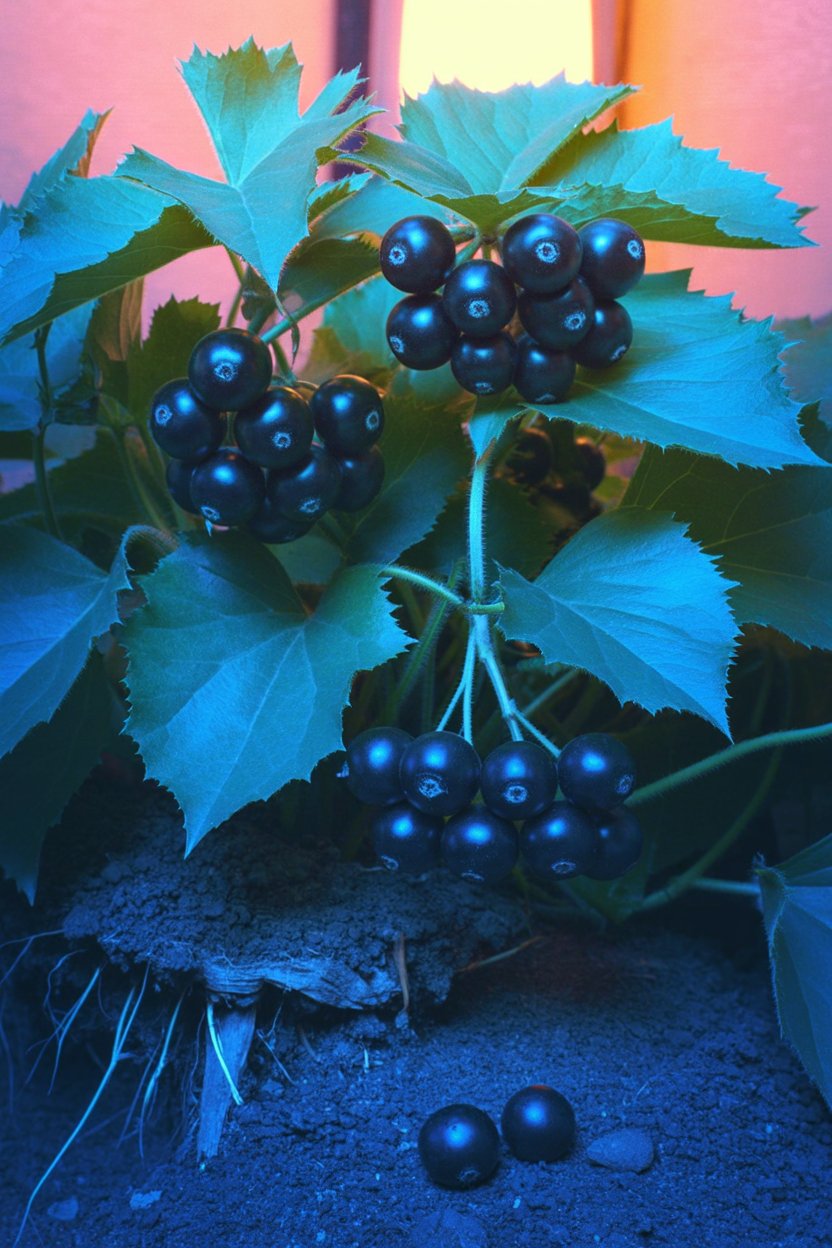
Safe Handling Practices
If you’re growing or working with baneful herbs:
- Wear gloves. Some toxins absorb through skin.
- Never ingest. External use only, and even then, research thoroughly first.
- Keep away from children and pets. Lock them up if needed.
- Label everything clearly. Future you (or your family) needs to know what’s what.
- Use proper tools. Mortar and pestles for grinding herbs keep your hands away from direct contact.
- Research thoroughly. Read multiple sources before working with any new plant.
The doctrine of signatures (the idea that plants signal their uses through appearance) actually encoded real observations. Those beautiful bell-shaped foxglove flowers? They look like little heart chambers because the plant affects the heart. Traditional herbalists noticed patterns that modern toxicology has confirmed.
If you’re curious about belladonna’s history in witchcraft or want to understand poisonous herbs as entheogens, there’s fascinating research out there. Comprehensive herbalism guides can help you understand both the magical properties and safety protocols for working with plants. But respect comes first. These plants have power that demands caution.
Fire Safety: Your Candles Can Burn Your House Down
Let’s talk about the most common way witchcraft actually kills people: fire.
Between 2014 and 2018, over 7,000 candle fires per year occurred in the United States. These fires caused an average of 90 deaths annually. That’s 90 people per year dying from something most of us use regularly in ritual work.
The single biggest cause? Unattended candles. You light your spell candle, something calls you away (a knock at the door, your kid yelling, your phone ringing), and you forget it’s burning. A breeze blows a piece of paper into the flame. The candle burns down and ignites whatever it’s sitting on. Glass containers crack from heat stress and spill burning wax.
Real humans doing real witchcraft die this way. Not because their spell went wrong. Because fire is fire, and fire doesn’t care about your intentions.
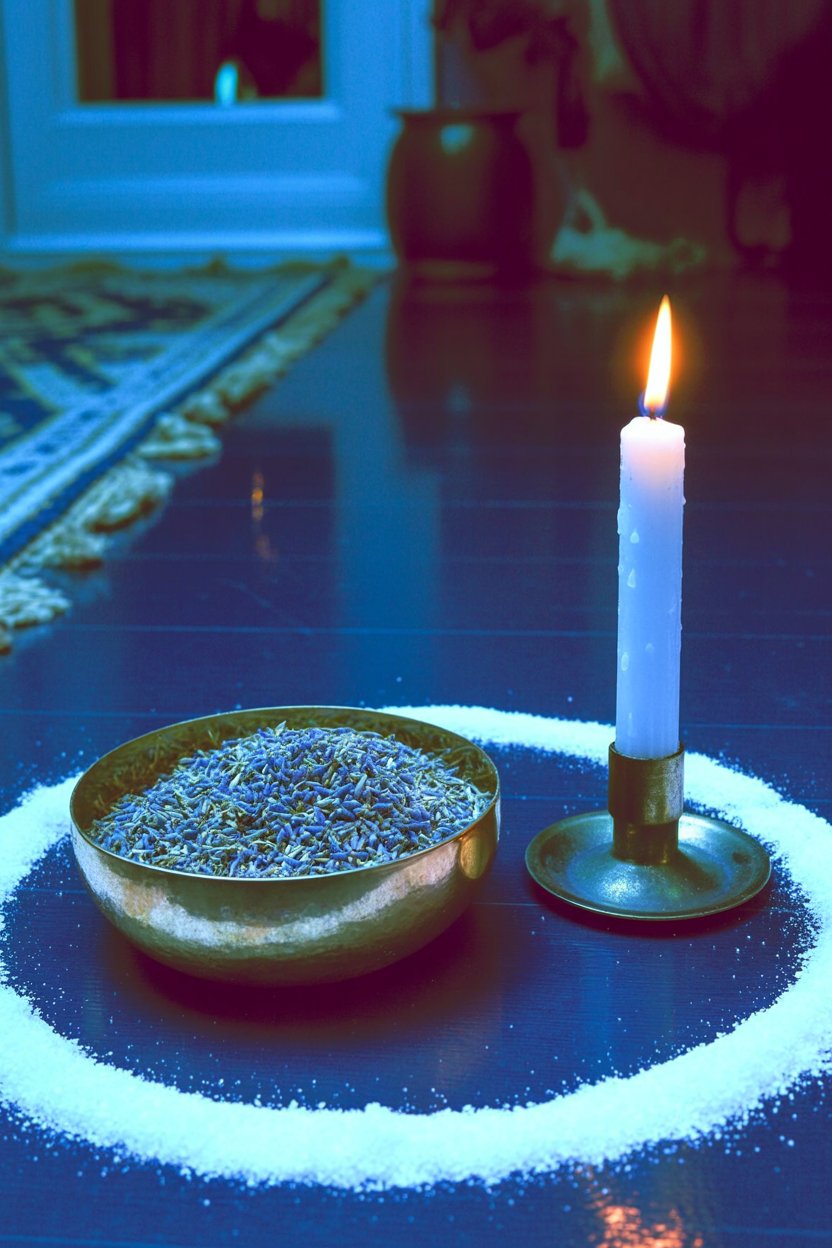
Practical Fire Safety for Witches
For candles:
- Never leave them burning unattended. Not even for “just a minute.”
- Keep them at least 12 inches from anything flammable (curtains, papers, herbs, altar cloths)
- Use heat-resistant surfaces (ceramic, metal, not wood or plastic)
- Trim wicks to 1/4 inch before lighting
- Don’t “dress” candles with too much oil or herbs (this increases fuel and fire risk)
- Snuff them out rather than blowing them out (safer and traditional)
- Never sleep with candles burning, even seven-day candles
For glass containers:
Check that they’re actually heat-resistant glass. Regular glass can crack from uneven heating (like when a wick isn’t centered). If you hear glass candles “popping” or see cracks forming, move them to a metal or ceramic holder immediately.
Have actual safety equipment:
- Smoke detectors with working batteries
- Fire extinguisher within reach
- A plan for getting out if fire starts
- A cauldron or bowl of sand for safely extinguishing things
- Sturdy candle holders that won’t tip over easily
You can read more detailed fire safety practices for witches from practitioners who’ve seen things go wrong.
The physics of combustion doesn’t stop because you’re doing sacred work. Fire is a tool and a hazard simultaneously. Respect both aspects.
Incense Smoke: What You’re Actually Breathing
Incense smells sacred. It also contains particulate matter, volatile organic compounds, and carbon monoxide.
When you burn incense (especially in enclosed ritual spaces), you’re creating indoor air pollution. Incense smoke causes lung cell inflammation. Prolonged exposure in poorly ventilated spaces can lead to respiratory problems, headaches, and in extreme cases, carbon monoxide poisoning.
Carbon monoxide is particularly dangerous because it’s odorless. You can’t smell when it reaches dangerous levels.
This doesn’t mean you have to stop using incense. It means you need to understand what you’re working with and take simple precautions.
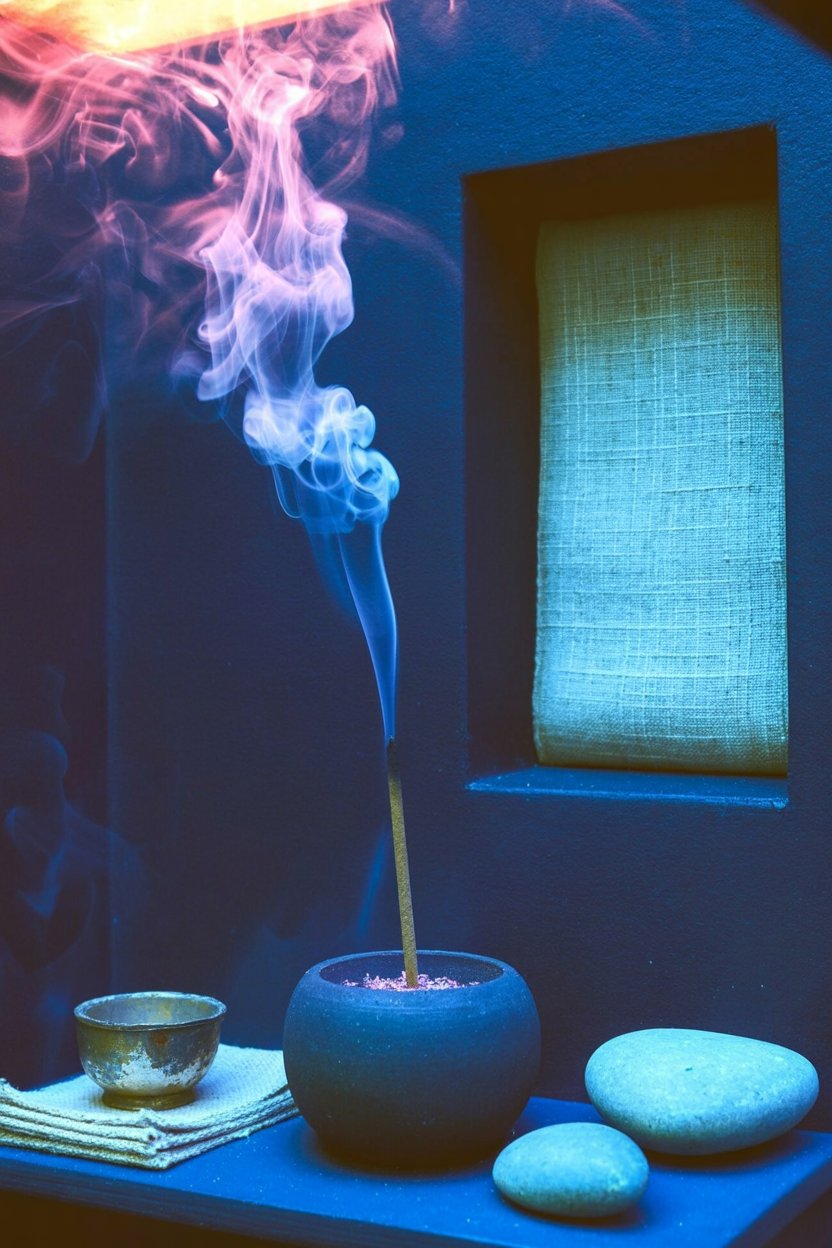
Safer Incense Practices
Ventilation is everything:
- Open a window or door when burning incense
- Don’t burn it in tiny enclosed spaces (like small bathrooms)
- Limit burn time (an hour or two, not all day)
- Take breaks between sessions
Choose quality incense:
- Natural ingredients over synthetic fragrances
- Fewer additives and fillers
- Incense from reputable sources that list ingredients
Consider alternatives:
- Essential oil diffusers (no combustion, no smoke)
- Simmer pots with herbs and spices
- Herb bundles that you light and extinguish quickly
- Opening windows to bring in fresh air as “cleansing”
If you have asthma or other respiratory conditions, incense might not be your best tool. And that’s okay. Witchcraft adapts. You can use sound, water, salt, visualization, or simply opening a window to shift energy in ritual space.
The health risks of incense are well documented. Being informed doesn’t mean being scared. It means making choices that keep you practicing long-term.
Sharp Tools: Athames and Bolines Are Actually Dangerous
Your ritual knives are sharp. Even if you only use your athame to direct energy and never cut anything physical with it, the blade itself is still metal with an edge.
And your boline? That’s explicitly a cutting tool for harvesting herbs and carving candles. It’s absolutely sharp.
Storage creates the most common accidents. You reach up to a high shelf for something, and your hand finds the blade before it finds the handle. Or you store your athame in a drawer with other tools, and you cut yourself rummaging through it. Children find ritual tools and don’t understand they’re sharp.

Blade Safety Basics
Storage:
- Wrap blades in cloth when not in use
- Store them in dedicated spaces, not mixed with other items
- Use locked cabinets if children are in your home
- Position them so you won’t accidentally grab the blade
Handling:
- Cut away from your body, never toward it
- Keep a firm grip (slippery handles are dangerous)
- Pay attention when you’re using them (mindfulness isn’t just spiritual)
- Keep a basic first aid kit accessible
Respect both aspects:
Your athame is a sacred tool for directing energy. It’s also a sharp metal object that can cut you. Learning about ritual blades includes understanding both the energetic and physical properties.
The most common knife injuries happen from slips, improper grip, and storage mishaps. These aren’t dramatic accidents. They’re mundane moments where your attention wandered.
Consecrating a blade makes it sacred. It doesn’t make it safe. You still need to treat sharp things like sharp things.
Wilderness Safety: Nature Is Sacred and Dangerous Simultaneously
If you worship outdoors or do rituals in forests, you’re working in an environment that doesn’t care if you’re there for spiritual reasons. Nature is simultaneously a sacred temple and a place where people get lost, injured, and sometimes die.
The Missing 411 phenomenon documents thousands of people who vanish in wilderness areas under strange circumstances. While the explanations range from mundane (getting disoriented) to weird (why do people vanish near berry patches?), the practical reality is simple: wilderness demands preparation.
Before You Go Outside for Ritual
Navigation:
- Bring a map of the area (paper, not just phone)
- Fully charged phone with GPS (but don’t rely on signal)
- Know the landmarks around your ritual spot
- Note the sun position and cardinal directions
- Visit the location during daylight before doing nighttime ritual there
Weather preparation:
- Check forecasts before you go
- Bring layers even if it seems warm (temperature drops at night)
- Waterproof outer layer in case of rain
- Extra warm clothes if doing winter full moon work
Emergency supplies:
- Water (more than you think you’ll need)
- Snacks or food
- First aid kit
- Flashlight or headlamp with extra batteries
- Whistle for signaling
- Fire-starting materials (matches, lighter)
- Emergency blanket
Communication:
- Tell someone where you’re going and when you’ll be back
- Have a check-in time
- Know where cell signal works (if anywhere)
You can read more about wilderness safety preparation and what to do if you get lost.
Wildlife and Environment
Know what animals live where you practice. Bears, coyotes, mountain lions, venomous snakes. You don’t need to be afraid of them, but you need to be aware and know how to respond if you encounter them.
Store food properly. Don’t leave offerings that attract animals to your ritual space. (They’ll associate humans with food, which creates danger for everyone.)
Watch for environmental hazards: unstable ground, poisonous plants (yes, even outdoors where they’re “natural”), fast-moving water, cliff edges, areas where you could twist an ankle or get stuck. If you’re foraging herbs in the wild, plant identification guides specific to your region are essential for distinguishing medicinal plants from toxic look-alikes.
The forest is liminal space, yes. It’s also ground, weather, animals, and distance from help. Honor both the sacred and the material.
Contemporary Witch Persecution: The Danger of Being Visible
This section is heavy, but it’s real.
Witch persecution didn’t end with the Salem trials. In July 2025 alone, dozens of people were killed after being accused of witchcraft. In Bihar, India, five family members were lynched by a mob. In Papua New Guinea, a woman was publicly tortured for two days before being shot and killed. In Kenya, elderly people are murdered for their land under the pretext of witchcraft accusations.
These aren’t isolated incidents. Between 2015 and 2019, over 2,500 people were killed in India alone after accusations of witchcraft. The numbers in Sub-Saharan Africa are even higher but harder to track.
Why This Happens
The pattern is clear: Most victims are women. Many are elderly. Often, there’s a material motive hidden beneath the accusation. Someone wants their land, their resources, or needs a scapegoat for community problems.
Witchcraft accusations become a tool for:
- Land theft (accuse, drive out or kill, take property)
- Settling personal grudges
- Explaining misfortune (crop failure, illness, death)
- Controlling women who don’t conform
- Removing people with no family protection
The psychological trauma of accusation is severe even when it doesn’t lead to physical violence. Social ostracism, family rejection, constant fear, inability to work or access resources. The label “witch” becomes social death even before physical danger.
Staying Safe as a Visible Witch
In places where witch persecution is active, being openly practicing can be deadly. In places where it’s not currently active, history shows it can resurge quickly when social conditions destabilize.
This isn’t meant to create paranoia. It’s meant to acknowledge reality. The same religious fervor that killed witches in Europe and America still exists in various forms globally.
For those of us who can be visible witches safely (for now), we have a responsibility to:
- Support organizations like INAWARA (International Network Against Witchcraft Accusations)
- Amplify the voices of those still facing persecution
- Understand our privilege in being able to practice openly
- Remember that “witch” as an accusation has historically been (and still is) a tool of gendered violence and resource extraction
Safety looks different depending on where you are, who you are, and what your visibility means in your specific context.
Knowledge Protects
These five dangers (poisonous herbs, fire, incense smoke, sharp tools, wilderness hazards, and persecution) aren’t reasons to stop practicing witchcraft. They’re reasons to practice with eyes open.
Safety practices ARE magical practice. Checking your candles before you leave the room is protection magic. Researching herbs before you use them is knowledge-seeking and divination. Preparing for wilderness ritual is honoring the elements you’re working with. Understanding persecution patterns is shadow work and ancestor honoring.
Witchcraft survived because witches were careful. The herbalists who knew which plants healed and which killed. The cunning folk who practiced quietly when needed. The practitioners who understood both the spiritual and material aspects of their work.
You can do the same. Learn the mechanisms. Respect the hazards. Take practical precautions. Keep practicing.
Because the craft is real, the tools are real, and the world is real. And in that reality, knowledge is protection.

